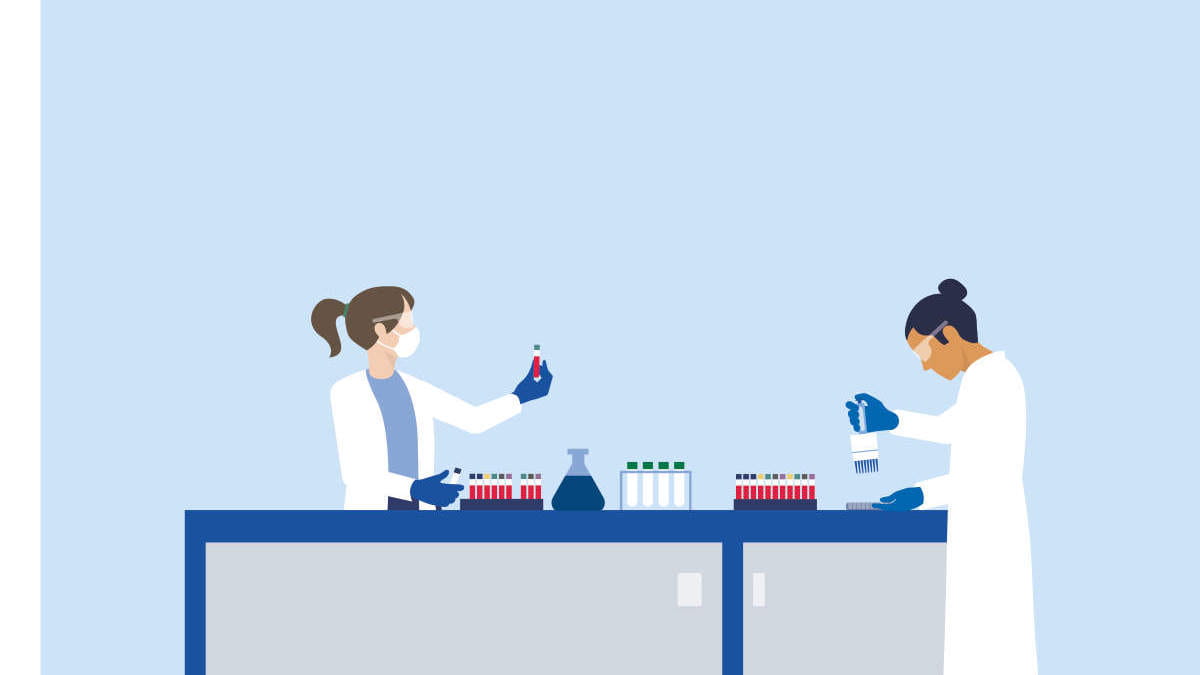
Types of TB infection testing
When it comes to testing for TB infection, there are two main options: the Interferon-Gamma Release Assay (IGRA), also known as the blood test, and the Tuberculin Skin Test (TST), simply known as the skin test.
The IGRA test uses a blood sample to measure the immune response to TB-specific antigens, while the TST involves injecting a small amount of TB antigen under the skin and measuring the immune response.
Differences between TST and TB blood tests (IGRAs)
Tuberculin skin test (TST)
-
Requires two or more patient visits to conduct the test
-
Results are available 48 to 72 hours later
-
Reading by healthcare workers may be subjective
-
BCG vaccination can cause false-positive results
-
No test controls, not possible to assess the quality of test administration
-
Initial test can boost future reactions
TB blood test
-
Requires one patient visit to conduct the test
-
Results can be available in 24 hours
-
Laboratory test with objective results
-
BCG vaccination does not cause false-positive results
-
Use of positive and negative controls
-
Test does not cause boosted reaction
QuantiFERON-TB Gold Plus (QFT-Plus) is the world’s leading TB blood test (IGRA). It’s the simpler, more affordable way to test for TB infection, producing more accurate results than the century-old TST. Here are the major differences between the two:
- QFT-Plus has >94% sensitivity and >97% specificity.
- QFT-Plus is unaffected by the BCG vaccine, reducing the risk of false positives.
- QFT-Plus uses a lab-controlled assay that provides clear, objective results.
Curious to see how QFT-Plus can protect all at-risk patients?
One visit, one tube, one objective result – discover why more providers choose QFT-Plus, making it the world’s #1 TB blood test.
References:
- QuantiFERON-TB Gold Plus (QFT-Plus) ELISA Package Insert. Current QFT-Plus package inserts are available at www.QIAGEN.com
- Diel, R., Loddenkemper, R., and Nienhaus, A. (2010) Chest 137, 952.
- Harada, N. et al. (2008) J. Infect. 56, 348.
